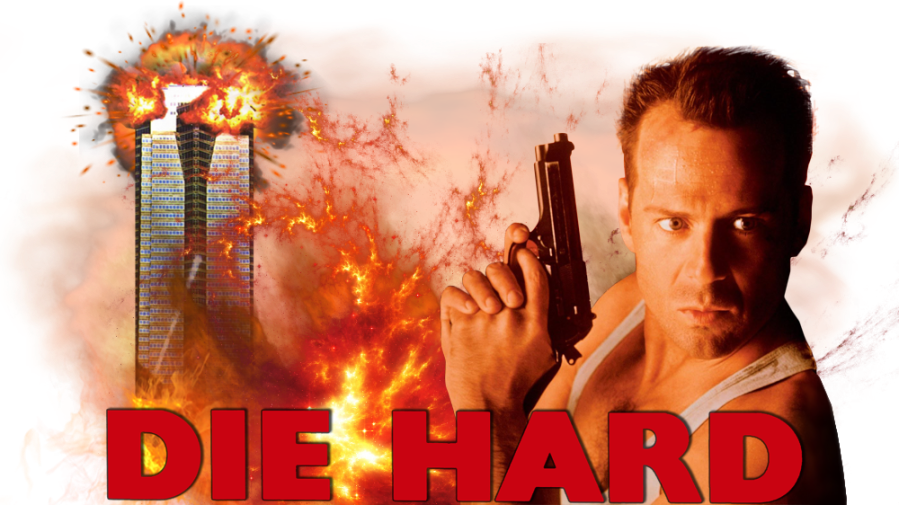Goodfellas tells the story of Henry Hill (Ray Liota) as a kid and his journey up the hierarchy of the Cicero mafia family. It shows the inner workings of how the mafia and how gangsters lived in the 60’s, 70’s and 80’s. Rather than glorify or condemn the lifestyle, Martin Scorsese and Nicholas Pileggi (author of the book “Wise Guys”, upon which the movie is based) provide a perspective somewhere in the middle. While you sometimes despise James “Jimmy” Conway (Robert De Niro) and Tommy DeVito (Joe Pesci) for their absurd and ridiculous violent methods, you see some method to the madness within the mob world. Almost everything does and has to have a purpose, besides the occasional hit on a guy who rubbed someone the wrong way or “busted their balls” too much. Paul Sorvino delivers a great performance as Paul Cicero, the family’s boss, remaining distant yet powerful. He emits an aura of authority and wisdom even though he doesn’t speak for the first time until well into the film. As you watch Henry Hill and the Cicero family go through it’s ups and downs, you have a roller coaster of emotions. At one point you feel sympathy for Hill and his struggles early on, but later on you are disgusted by some of his decisions. Scorsese does a wonderful job of never letting you stay certain on your feelings about a character.
Joe Pesci steals the movie as the short-tempered, borderline psychotic Tommy. Each scene he’s in leaves you on the edge to see how he reacts to the situation. I almost felt anxious for everyone else on the screen because I feared for their safety. Pesci found a way to make this insane gangster to be believable, but not predictable, something I haven’t seen besides another supporting actor, Heath Ledger as the Joker. While both rate differently on the moral spectrum, they both are terrifying and engaging to watch. Here’s the most iconic scene of Tommy and perhaps the entire film:
There is tons of trivia and facts about this classic film, here are just a few:
One of the riskiest, yet best devices of the film is the narration by Henry Hill. Whether he was providing context for the scene or simply telling you how he thought as a gangster, it was brilliant and hilarious. One of the arching themes of the movie is that even though the mafia lifestyle isn’t perfect, it beat living like a normal person. This was voiced perfectly in one scene by the narrating Hill: “For us to live any other way was nuts. Uh, to us, those goody-good people who worked shitty jobs for bum paychecks and took the subway to work every day, and worried about their bills, were dead. I mean they were suckers. They had no balls. If we wanted something we just took it. If anyone complained twice they got hit so bad, believe me, they never complained again.” While the methods and actions of the gangsters in this movie were not commendable, you could see why they chose the lifestyle. It wasn’t a matter of, “I want to be a bad guy”, but rather instead “I get what I want and no one will stop me.” Just so happens the police wanted to stop them. As a fan of history, I think this film does something well that history classes and the news tend to over look. Bad guys are rarely bad for the sake of evil. They’re human. They have a conscience and a moral compass. They have goals and dreams. There is always at least 2 choices to a situation, a good one and a bad one (though we try to act as if it’s not there when we judge others). Some people choose the bad because it reaps more rewards or is easier. They don’t make that choice because they enjoy the consequences for either themselves or others, but because of the advantages and results it provides. This film is a great narration on this dilemma in societies and people’s moral conscience.
I recommend this movie to any gangster movie fan or just a fan of film in general. It’s a great treat for your mind and senses.
9/10


